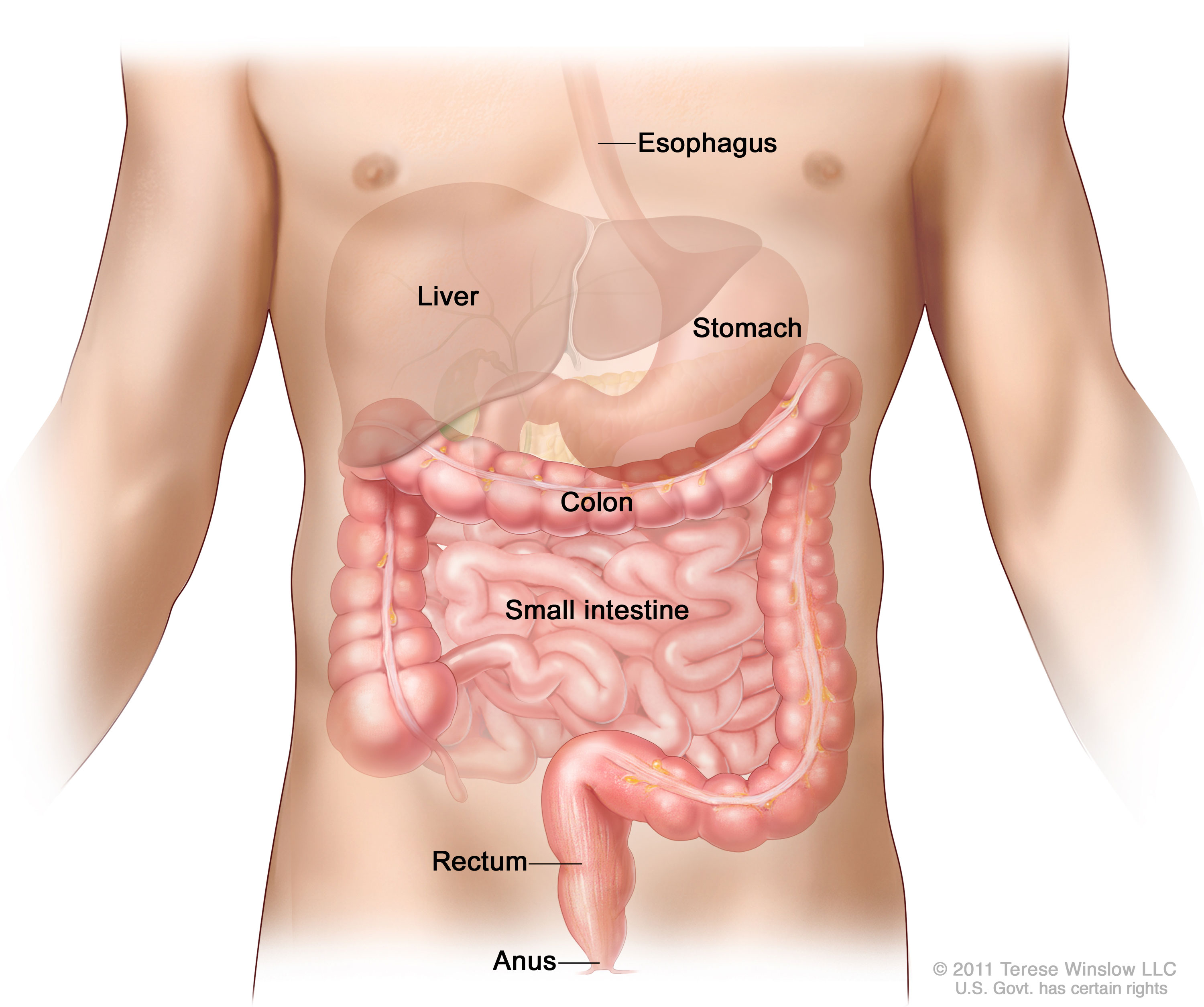
Are you, or is someone you know, postponing their colonoscopy? Maybe it’s the idea of that prep. At best, it requires being home and near a toilet for a day. Worse, it can make people feel awfully ill. Or maybe it’s the invasiveness of the test. At best, it’s unpleasant. At worst, there can be serious complications, including an instrument puncturing the bowel, bleeding, and organ damage. It’s also time-consuming, requiring time off work for you and whoever will be driving you home.
Why is a colonoscopy worth the hassle?
Cancers of the colon and rectum are common, and lives can be saved with early detection. Colorectal cancer is the fourth most common cancer in the United States and the second leading cause of cancer death. There are well over a million people living with the diagnosis, and 134,000 new cases are expected this year. About 4% of all adults will be diagnosed with colorectal cancer in their lifetime; having a first-degree relative with colorectal cancer or precancerous polyps, a personal history of polyps, advancing age, obesity, alcohol use, smoking, and African-American race all increase the risk substantially.(1, 2, 3)
The five-year survival rate for these cancers is about 90% when the cancer is caught before it spreads at all, but only 68% when it has started to spread, and 10% when it is widely spread (metastatic).(3, 4) For this reason, experts agree that it makes sense to screen people at average risk starting at age 50 and up to age 75, with the decision to continue screening after that on a case-by-case basis.(3, 4)
According to the 2016 guidelines from the U.S. Preventive Services Task Force (USPSTF), there are six acceptable ways to screen for colorectal cancers and precancerous polyps: procedures like sigmoidoscopy and colonoscopy; special imaging techniques (CT colonography); basic stool tests for blood (because bleeding in the intestine can be a sign of cancer); the FIT test, which is a fancier, more sensitive stool test for blood; and the combined stool DNA test that looks for molecules, gene mutations, and blood. Which test to use depends on the patient’s situation and preferences, and the USPSTF has called for more research in order to be able to make more precise recommendations.(5)






